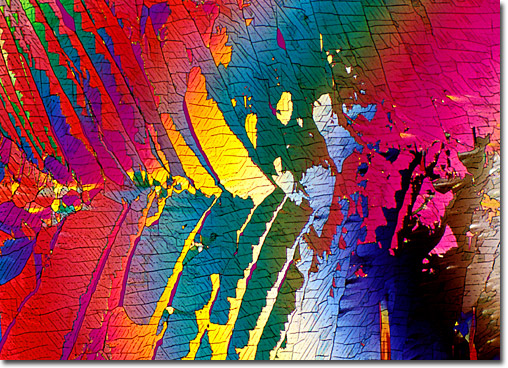|
This fungicide is a member of the substituted aromatic class of pesticides derived from the parent compound hexachlorobenzene. These chemicals are useful for seed treatment and in some instances, as a wood preservative. The mechanism of action displayed by this diverse group of pesticides is probably by chemically combining with biological amines and thiols. The fungistatic activity generally results in a reduction of fungi growth rates or interference with sporulation. Dichloran has moderate oral toxicity to animal life and has proven useful in controlling fungal diseases in many fruits, vegetables, ornamental diseases, and field crops. It is particularly effective against the Botrytis, Monilinia, Rhizopus, Sclerotinia, and Sclerotium fungal species.
|
